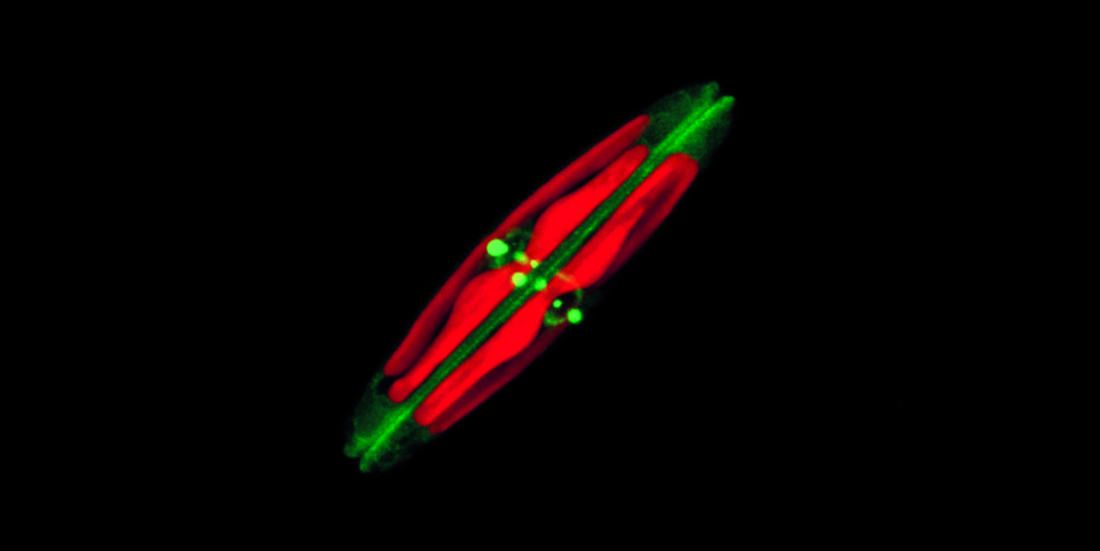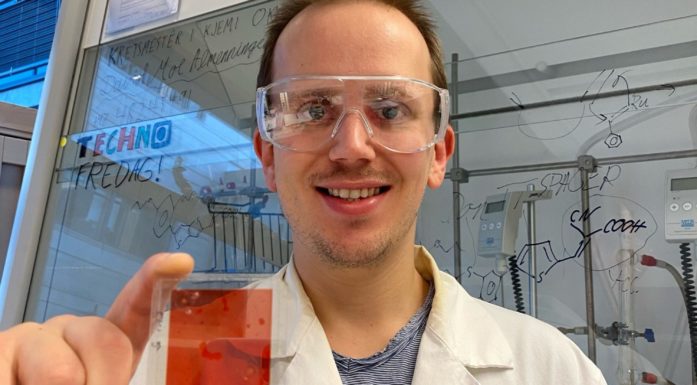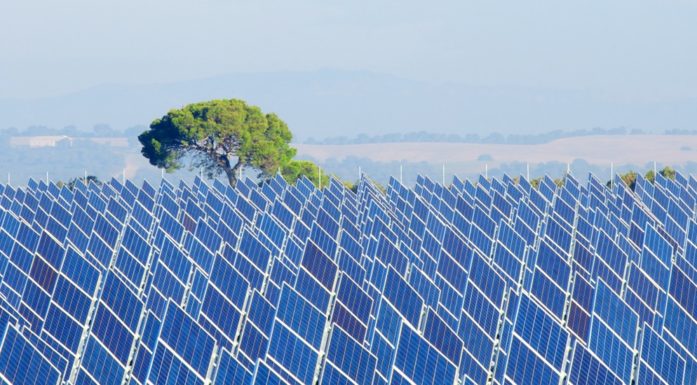Learning from algae
By controlling the sex life of algae, scientists can promote the properties they want.
By controlling the sex life of algae, scientists can promote properties that can be used for food production and medicine.
Algae are essential for life on Earth. Diatoms alone, which are algae with a glass exoskeleton, account for approximately 40 per cent of all bioproduction in the oceans.
We need to know more about these organisms for a variety of reasons: They affect the climate, provide food for fish and other sea creatures, and contain a wide range of bioactive compounds and components that are good candidates for the development of medicines and for materials technology. They can also produce food for people and cattle, and can be used to cleanse polluted seawater.
Algal sex
Some researchers are studying how algae multiply – an area where they have made interesting discoveries.
“Algae basically reproduce through cell division, where they get smaller for each division due to the cell walls of glass that form in the dividing cell (like a shoe box with a lid) until they suddenly switch to sexual reproduction. We have found that when they are below a certain size, they switch over to ‘sex’ mode. And begin to mate. Controlling this sexual activity is important for biological research, because it means that you can control their proliferation,” says Atle Bones, a professor of biology at NTNU.
This kind of control provides scientists with an important tool for cultivating algae. They need to be able to control how the algae reproduce, so they can select for the properties they want. The commercial cultivation of algae requires the ability to combine features from different lines. Given a large “toolbox” with various algal lines, it is possible to produce combinations that are suited to the goals of commercial production and cultivation.
“Different combinations could provide the basis for the production of food, fine chemicals, bio-energy and materials,” Bones says.
Algal rainmakers
Another important finding is that some marine algae make sulphur compounds which evaporate from the ocean. In some cases, they serve as collection points (nucleators) for water along with other particles and produce water droplets that form clouds. The extent of this phenomenon is unclear, but if the wind pushes the clouds over the land, the droplets will eventually fall as precipitation.
That means that algal blooms can actually affect the weather.
“A great amount of algal production in the North Sea may also result in more rain in Norway,” says Bones.
A bright future
Another area that Trondheim researchers are investigating is how some algae respond to light. Some algae create substances that may protect them from light, like a type of sunscreen. Others have a sort of funnel that can regulate how much light they let in, by expanding or narrowing the funnel, or by controlling the density of the filters found in the funnel.
This research on diatoms, which is being led by NTNU researcher Gabriella Tranell, has already provided new knowledge that can be used in the development of solar cells.





